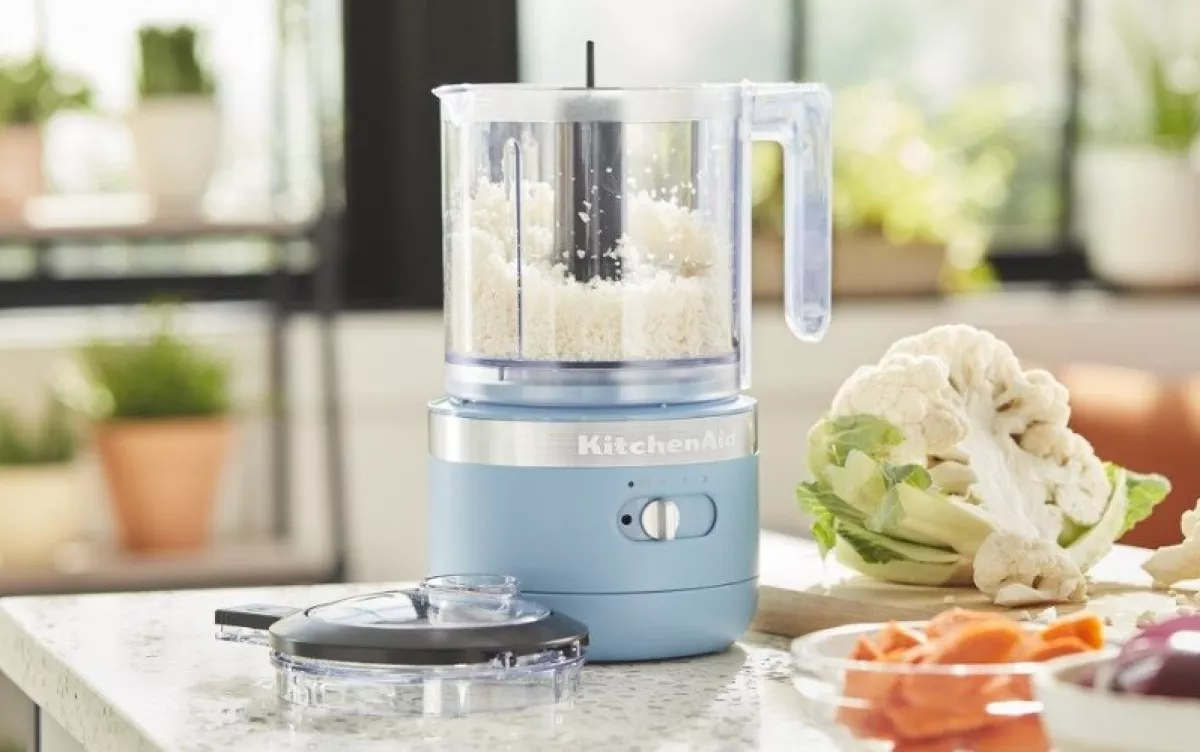

Articles
How To Rice Cauliflower In A Blender
Modified: February 23, 2024
Learn how to rice cauliflower in a blender with this easy step-by-step guide. Find articles and tips on how to create delicious and healthy rice cauliflower dishes.
(Many of the links in this article redirect to a specific reviewed product. Your purchase of these products through affiliate links helps to generate commission for Storables.com, at no extra cost. Learn more)
Introduction
Ricing cauliflower has become increasingly popular in recent years, as it provides a healthy and nutritious alternative to traditional rice dishes. Whether you’re following a low-carb or gluten-free diet, or simply looking for a creative way to incorporate more vegetables into your meals, learning how to rice cauliflower in a blender is a game-changer. This versatile technique allows you to transform cauliflower into a fluffy and rice-like texture that can be used as a base for stir-fries, pilafs, or even as a substitute for traditional rice in sushi rolls. In this article, we will walk you through a step-by-step guide on how to rice cauliflower in a blender, so you can confidently add this technique to your cooking repertoire.
Key Takeaways:
- Transform cauliflower into rice-like texture using a blender for versatile, healthy meal options. Enjoy low-carb, gluten-free dishes with increased vegetable intake and nutrient-rich cauliflower rice.
- Store riced cauliflower for future use by refrigerating for up to 5 days or freezing for up to 3 months. Thaw and drain excess moisture before using in recipes for optimal texture.
Read more: How To Steam Cauliflower In A Rice Cooker
Step 1: Prepare the Cauliflower
Before you begin ricing cauliflower in a blender, it’s essential to properly prepare the cauliflower. Start by selecting a fresh and firm cauliflower head. Look for one that has tightly-packed florets and no signs of discoloration or wilting. A medium-sized cauliflower will typically yield around four cups of riced cauliflower.
To prepare the cauliflower, remove the leaves and trim the stem. You can either discard the leaves or save them for other recipes, such as soups or stir-fries. Rinse the cauliflower head under cold water to remove any dirt or debris.
Next, you’ll need to decide whether you want to rice the entire cauliflower head or only a portion of it. If you’re planning to use the riced cauliflower right away, it’s recommended to rice the entire head. However, if you want to store some for later, you can cut off a portion of the head and save the rest for future use.
Now that the cauliflower is prepared, it’s time to move on to the next step: cutting it into florets.
Step 2: Cut into Florets
To rice cauliflower in a blender, you’ll need to cut it into small, evenly-sized florets. This ensures that the cauliflower blends smoothly and evenly, resulting in a consistent “rice” texture.
Start by removing the thick stem from the cauliflower head. You can do this by holding the cauliflower upside down and cutting around the base of the stem. Once the stem is removed, you can pull apart the cauliflower into smaller florets using your hands or a knife.
It’s important to make sure that the florets are all similar in size. This helps to ensure that they blend evenly in the blender. If some of the florets are much larger than others, you can cut them into smaller, bite-sized pieces.
Once you have cut the cauliflower into florets, give them a quick rinse under cold water to remove any remaining debris or dirt. Pat them dry with a clean kitchen towel or paper towels before moving on to the next step.
Now that your cauliflower florets are ready, it’s time to blend them in the blender to create the rice-like texture.
Step 3: Blend the Cauliflower
With your cauliflower florets prepared, it’s time to blend them into the desired rice-like texture using a blender. The blender method is quick and efficient, ensuring that you achieve a consistent and fluffy result.
Start by adding a portion of the cauliflower florets into the blender. It’s important not to overcrowd the blender to ensure proper blending. You may need to blend the cauliflower in multiple batches, depending on the size of your blender.
Once the florets are in the blender, secure the lid and start on a low to medium speed. Gradually increase the speed as the cauliflower begins to break down. Blend the cauliflower until it reaches a rice-like consistency. You can check the texture by stopping the blender and giving it a quick stir with a spoon.
Avoid over-blending the cauliflower as it can turn mushy. Aim for a texture that resembles cooked rice, with small, grain-like pieces.
If you’re finding it challenging to blend the cauliflower evenly, you can add a small amount of water or vegetable broth to help facilitate the blending process. However, be careful not to add too much liquid, as it can make the cauliflower too moist.
Once the first batch is blended to your desired consistency, transfer it to a separate bowl or container. Repeat the blending process with the remaining cauliflower florets until all of them have been processed into rice.
Now that you have transformed the cauliflower into rice-like grains, you can either use it immediately in your recipe or store it for later use. Let’s move on to the next step to explore your storage options.
When ricing cauliflower in a blender, make sure to cut the cauliflower into small florets before adding them to the blender. This will help ensure a more even and consistent texture.
Step 4: Store or Use Immediately
Now that you have successfully blended the cauliflower into a rice-like texture, you have the option to either use it right away in your recipe or store it for later use. Here are two common methods for storing riced cauliflower:
Read more: How Deep To Plant Cauliflower Seeds
1. Refrigeration:
If you plan on using the riced cauliflower within the next couple of days, refrigeration is a convenient option. Transfer the riced cauliflower into an airtight container or resealable bag and store it in the refrigerator. Properly stored, riced cauliflower can last for up to 5 days in the fridge. When you’re ready to use it, simply remove the desired amount from the container and incorporate it into your recipe.
2. Freezing:
If you have a surplus of riced cauliflower or want to prepare it in advance, freezing is an excellent option. Freezing helps to preserve the freshness and texture of the cauliflower for an extended period. Start by portioning the riced cauliflower into freezer-safe bags or containers. Squeeze out any excess air before sealing the bags or covering the containers. Label them with the date for easier identification.
Frozen riced cauliflower can last for up to 3 months. When you’re ready to use it, remove the desired amount from the freezer and let it thaw in the refrigerator overnight. Once thawed, you can use it in your recipes just like fresh riced cauliflower.
Remember to thaw and drain the excess moisture from the riced cauliflower before using it in recipes to maintain the desired texture and prevent sogginess. You can accomplish this by placing the thawed cauliflower in a fine mesh strainer or cheesecloth and gently pressing out the moisture.
Now that you’re familiar with the storage options, you can confidently prepare and store riced cauliflower for future use. Experiment with different recipes and enjoy the versatility and health benefits that riced cauliflower brings to your meals.
Conclusion
Ricing cauliflower in a blender is a simple and convenient method that allows you to transform this nutritious vegetable into a versatile and rice-like texture. By following the steps outlined in this article, you can easily prepare cauliflower rice at home and incorporate it into a variety of dishes.
Riced cauliflower is not only a great option for those following low-carb, gluten-free, or paleo diets, but it’s also a fantastic way to increase your vegetable intake and add more nutrients to your meals. With its neutral taste, cauliflower rice can absorb the flavors of different seasonings and ingredients, making it a perfect substitute for traditional rice in a wide range of recipes.
Remember to properly prepare the cauliflower by removing the leaves and cutting it into florets before blending it in a blender. The key to achieving the desired rice-like consistency is to avoid over-blending and to blend in batches if needed.
After blending, you have the option to use the riced cauliflower immediately in your recipes or store it for future use. Refrigeration is ideal for short-term storage, while freezing allows for longer-term preservation.
So, whether you’re looking to reduce your carbohydrate intake, experiment with new and creative cooking techniques, or simply add more vegetables to your diet, ricing cauliflower in a blender is a fantastic option. Give it a try and discover the endless possibilities of cauliflower rice in your culinary endeavors.
Enjoy the health benefits and culinary adventures that await with homemade cauliflower rice!
Frequently Asked Questions about How To Rice Cauliflower In A Blender
Was this page helpful?
At Storables.com, we guarantee accurate and reliable information. Our content, validated by Expert Board Contributors, is crafted following stringent Editorial Policies. We're committed to providing you with well-researched, expert-backed insights for all your informational needs.
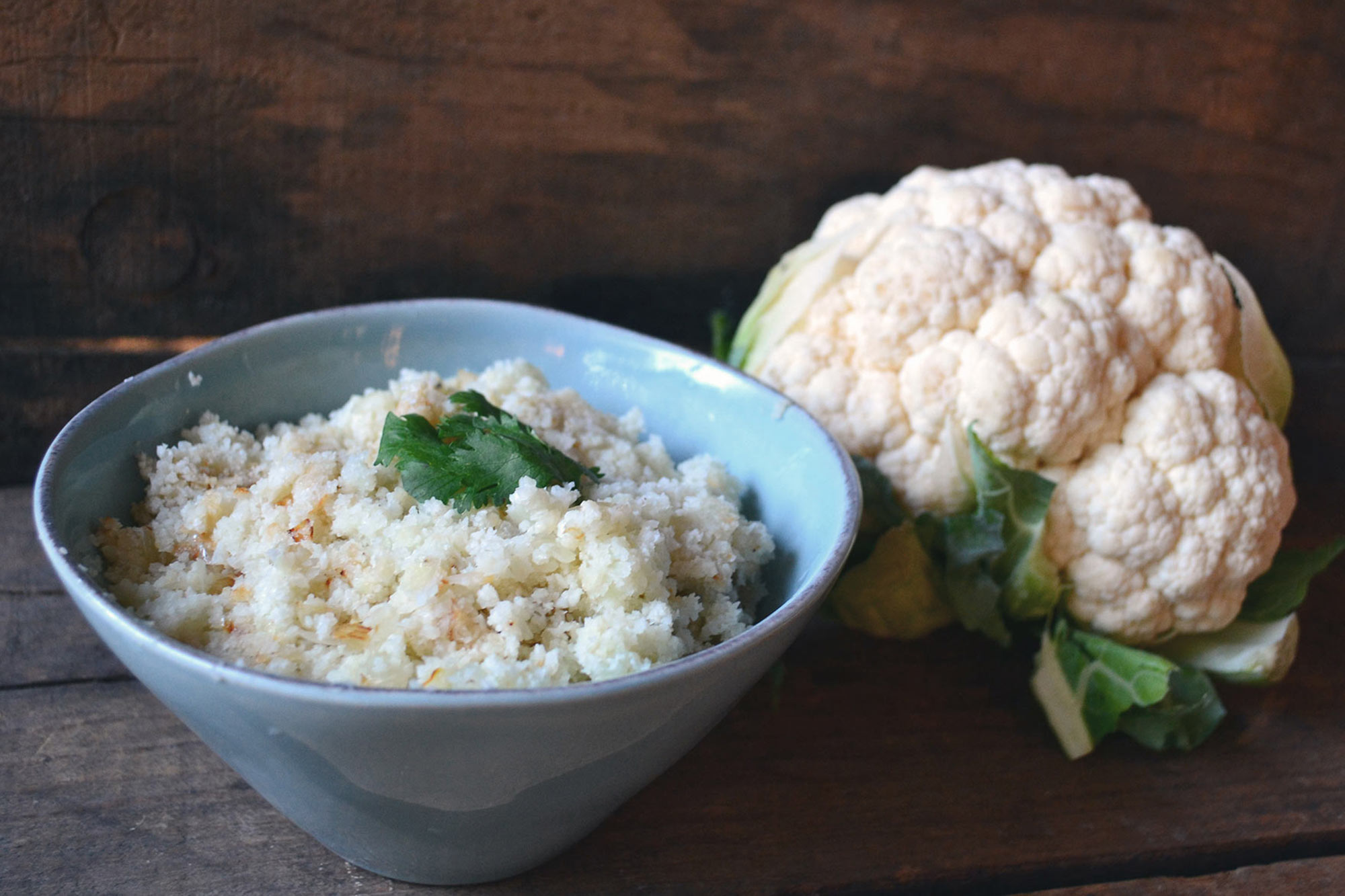
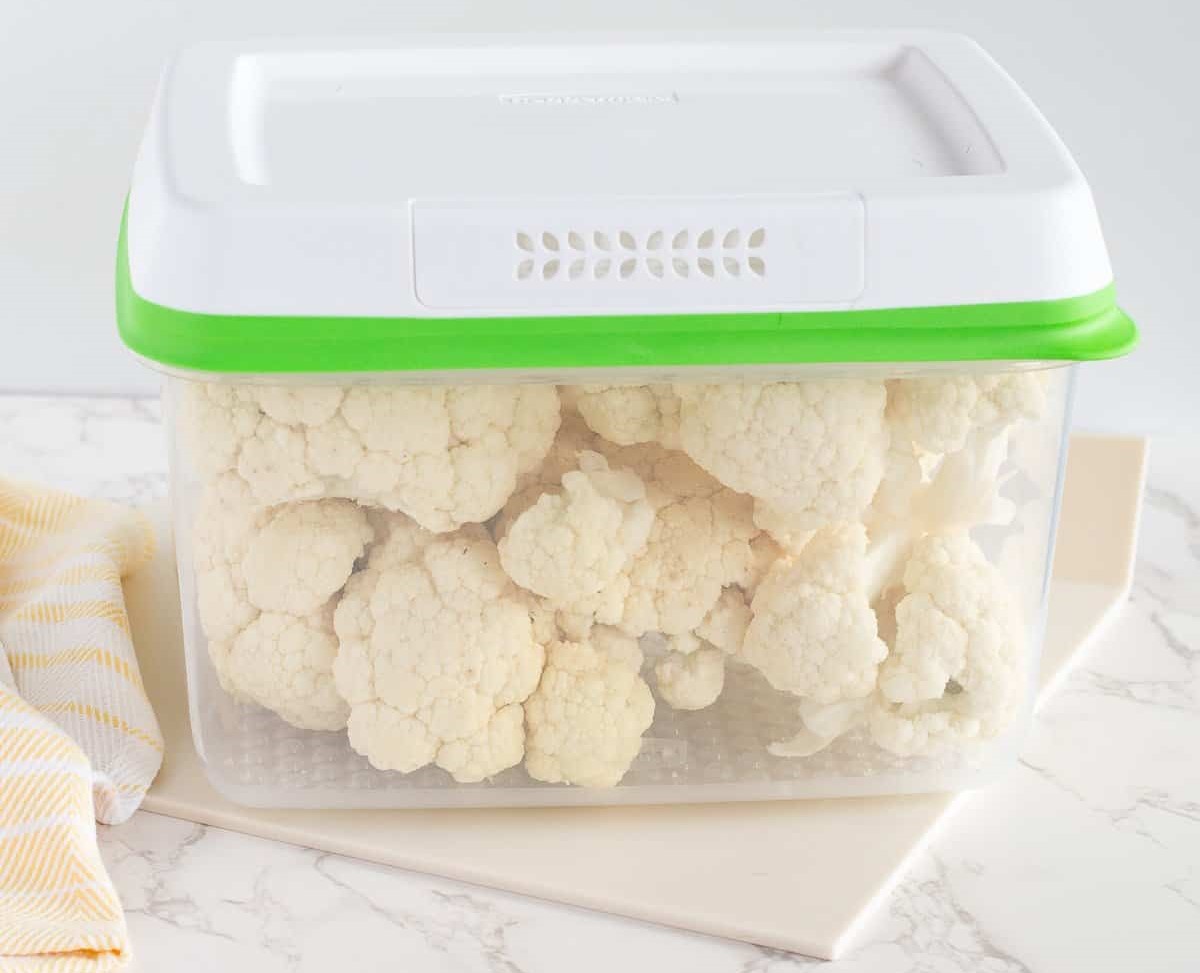
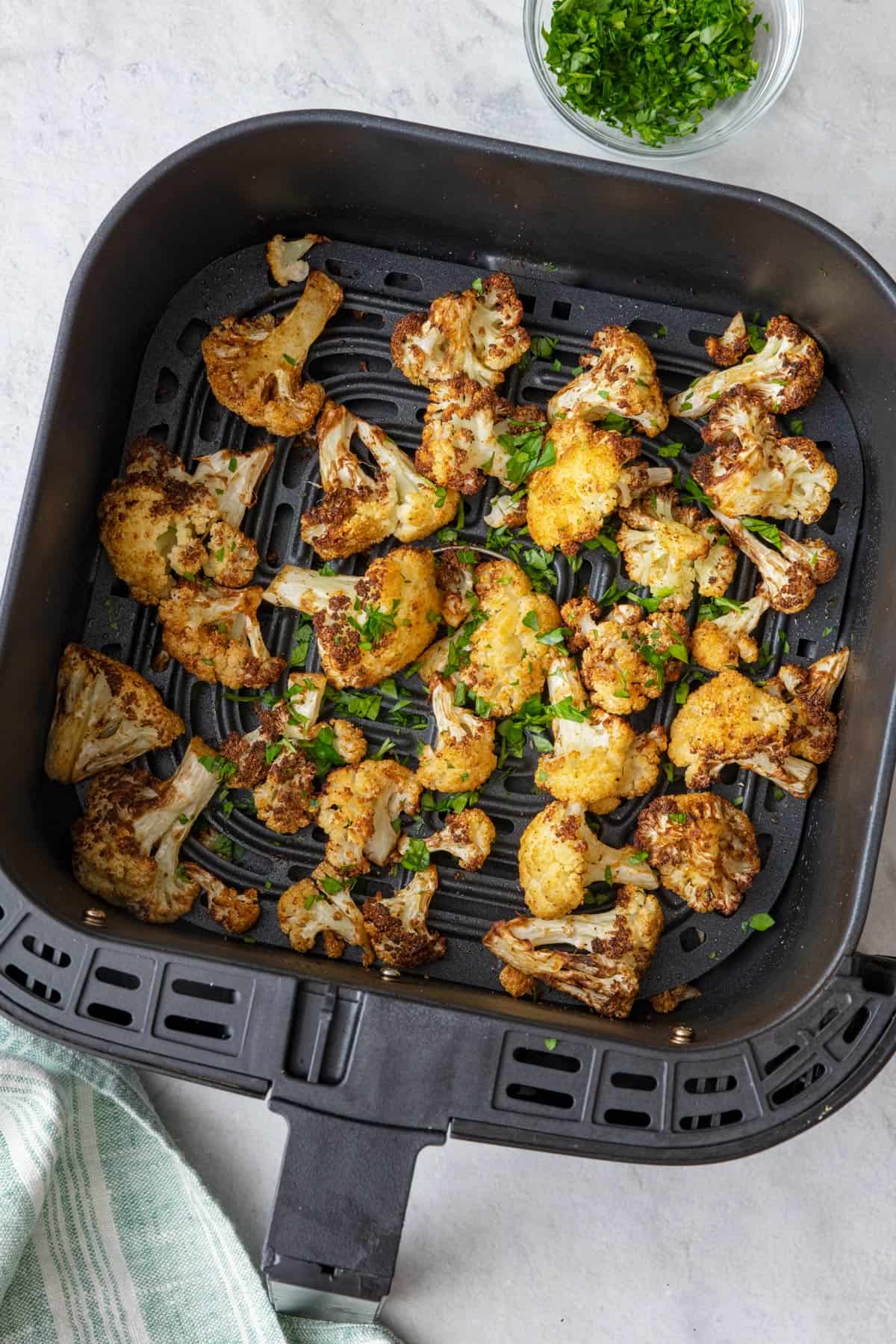
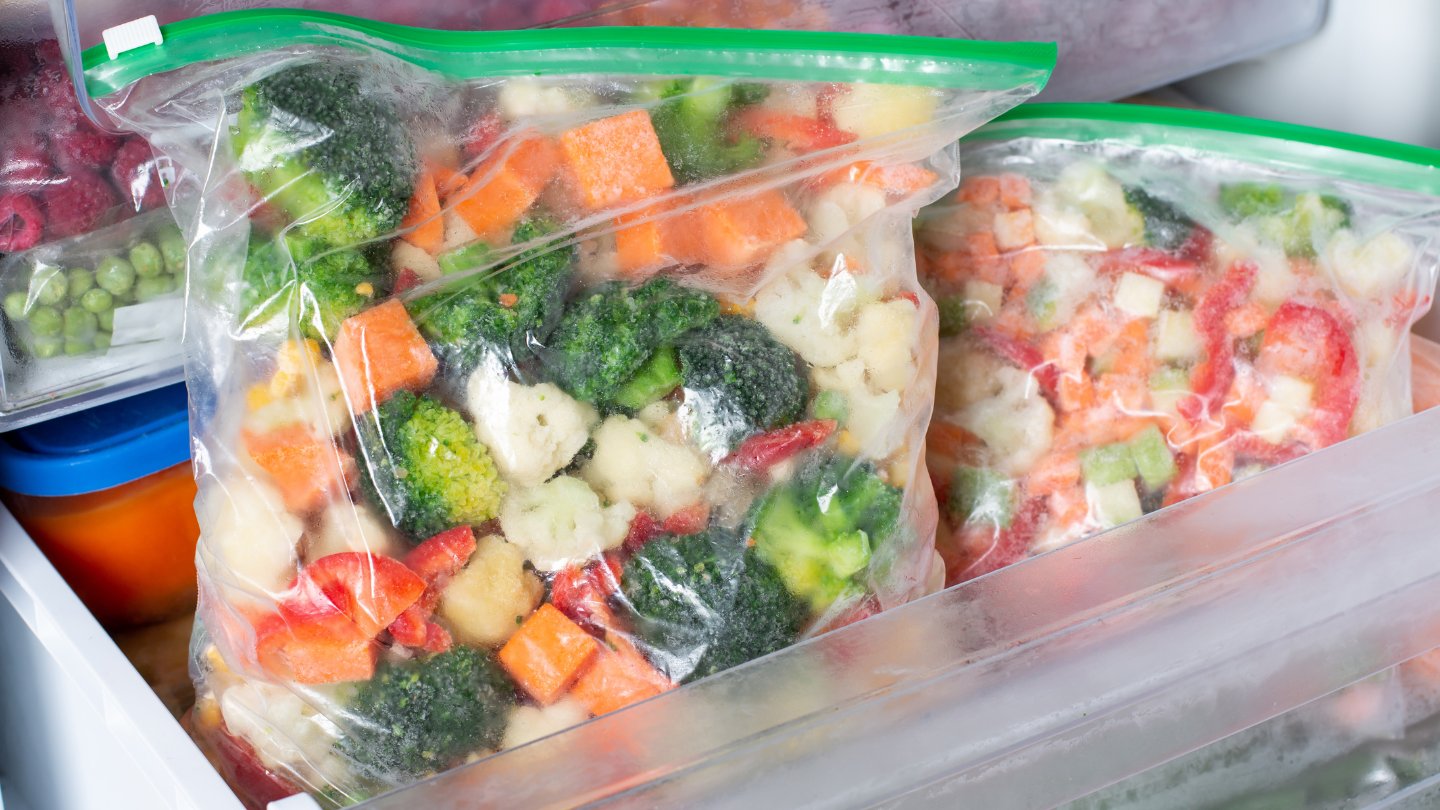
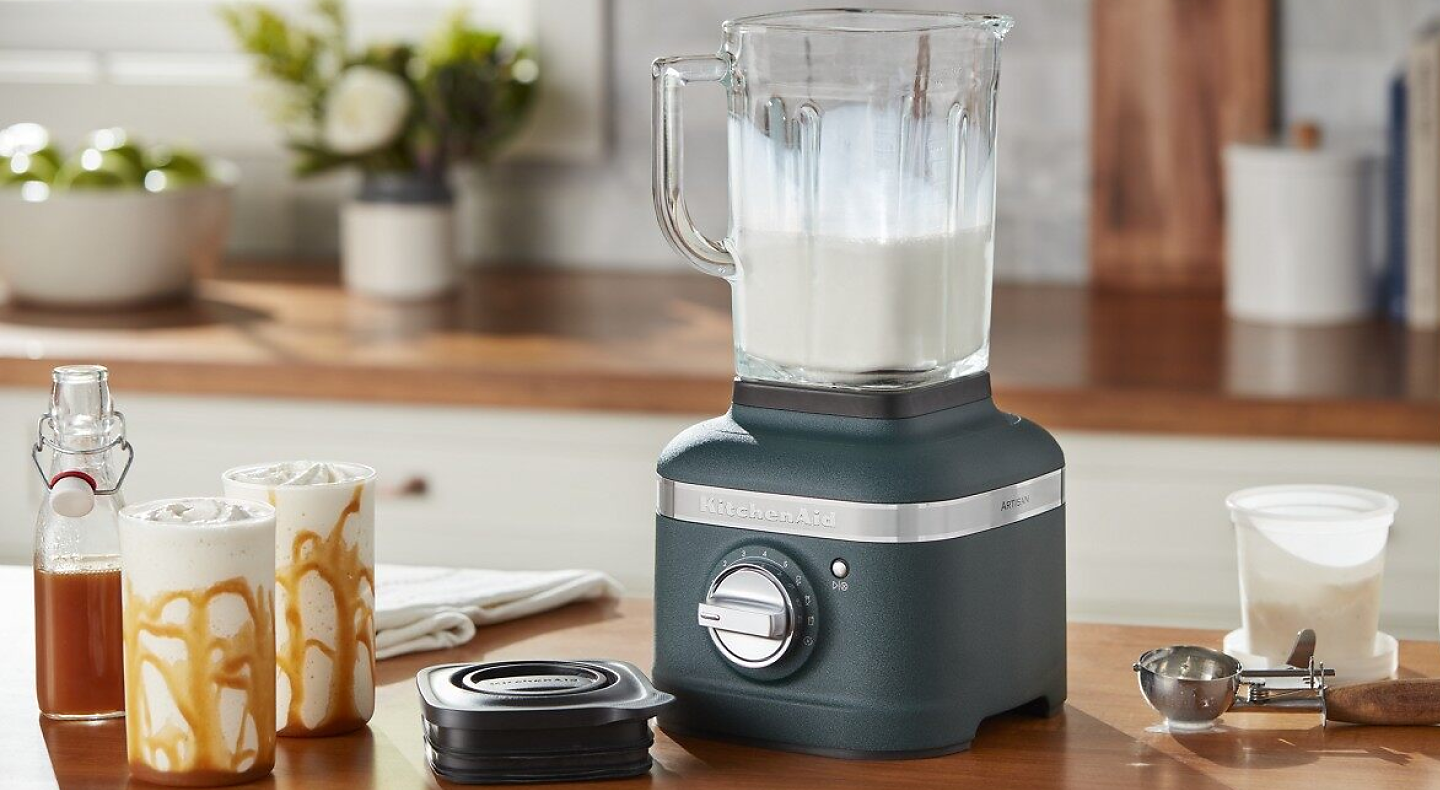
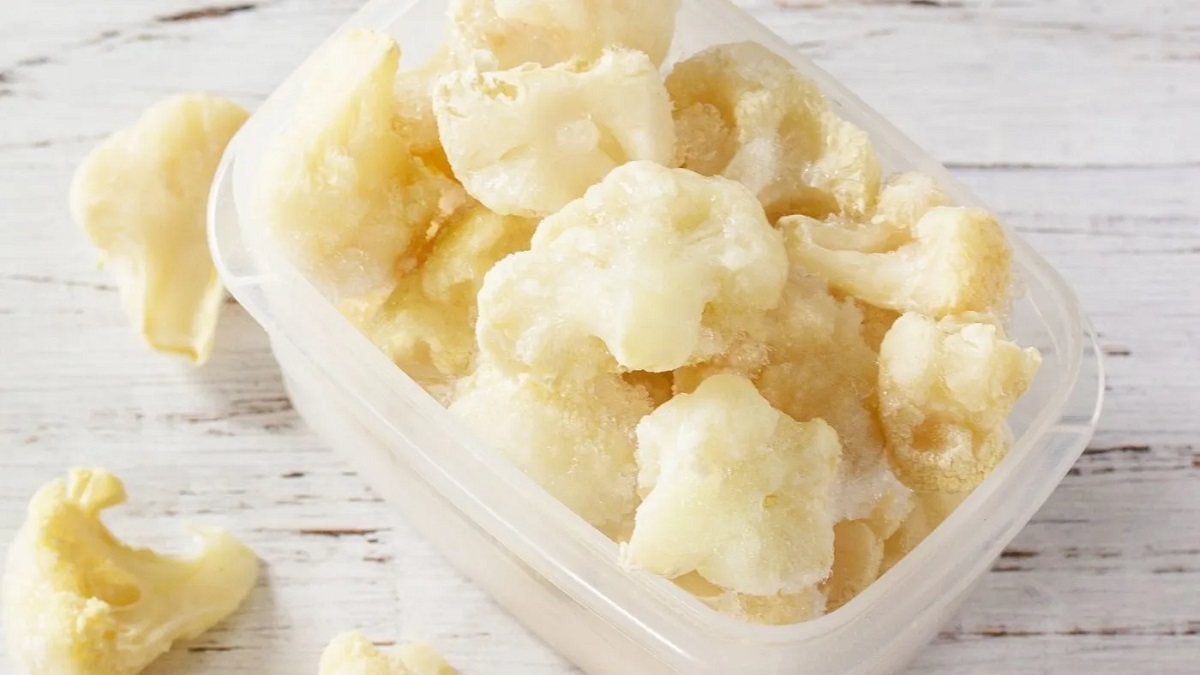
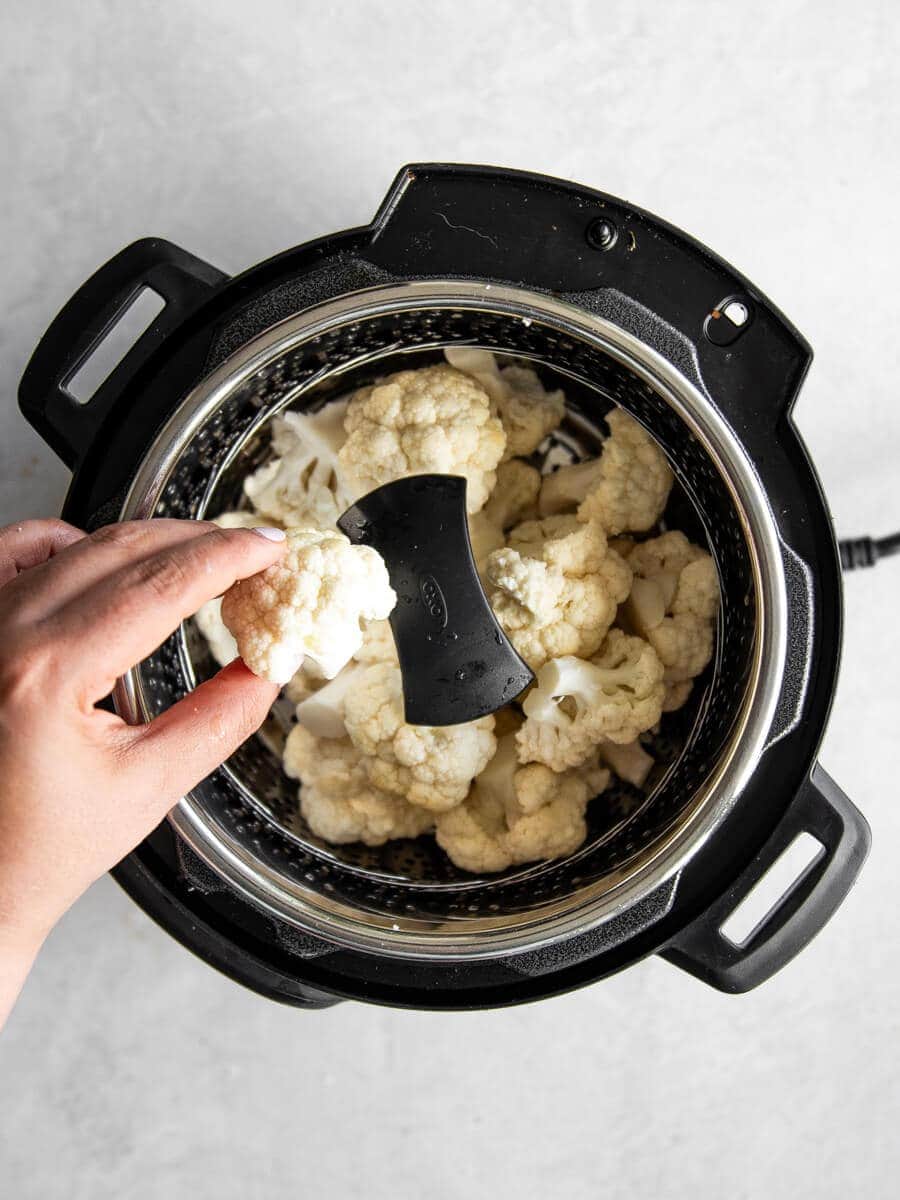
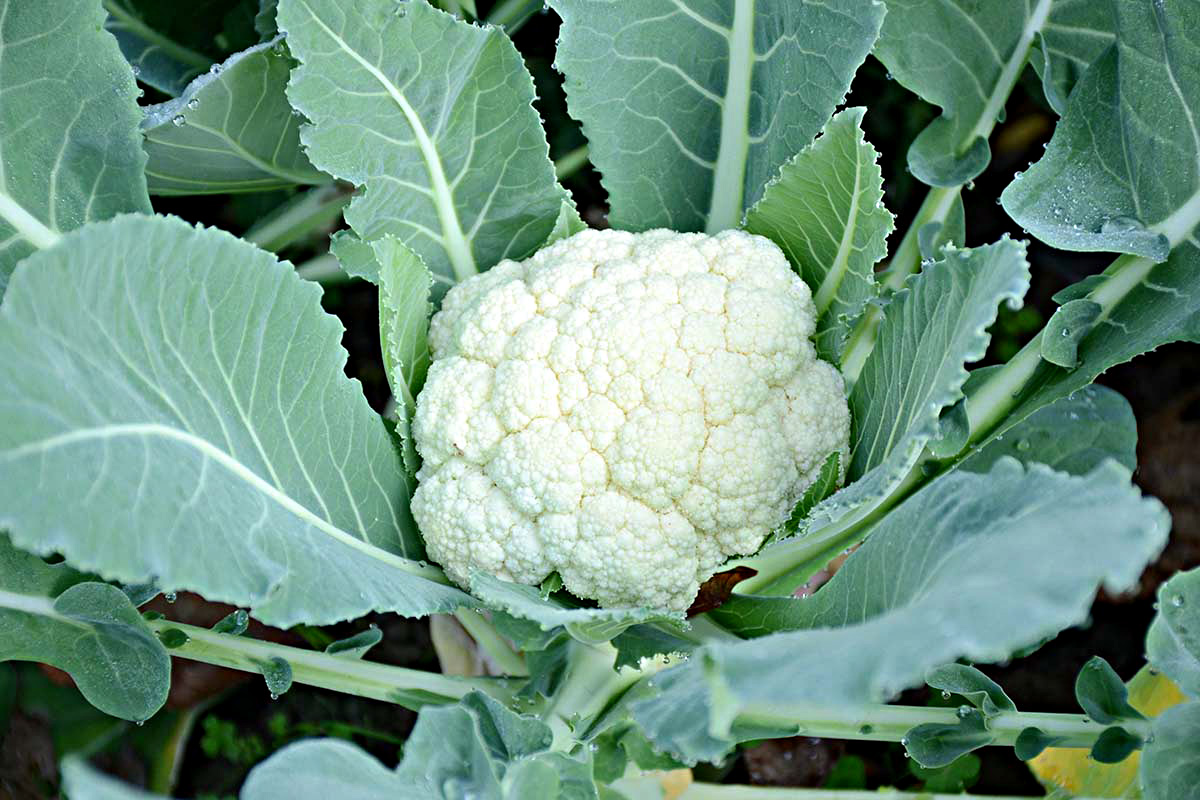
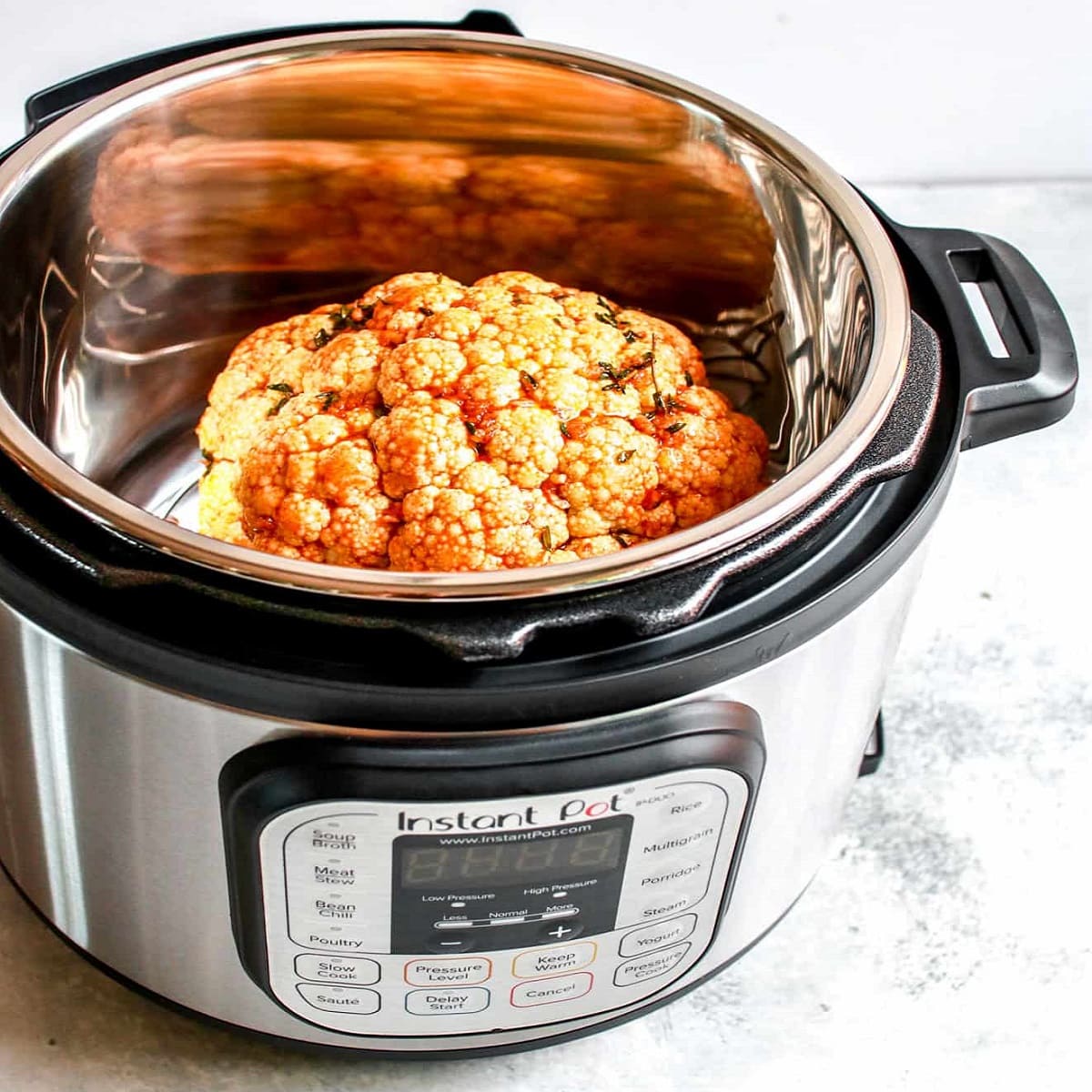
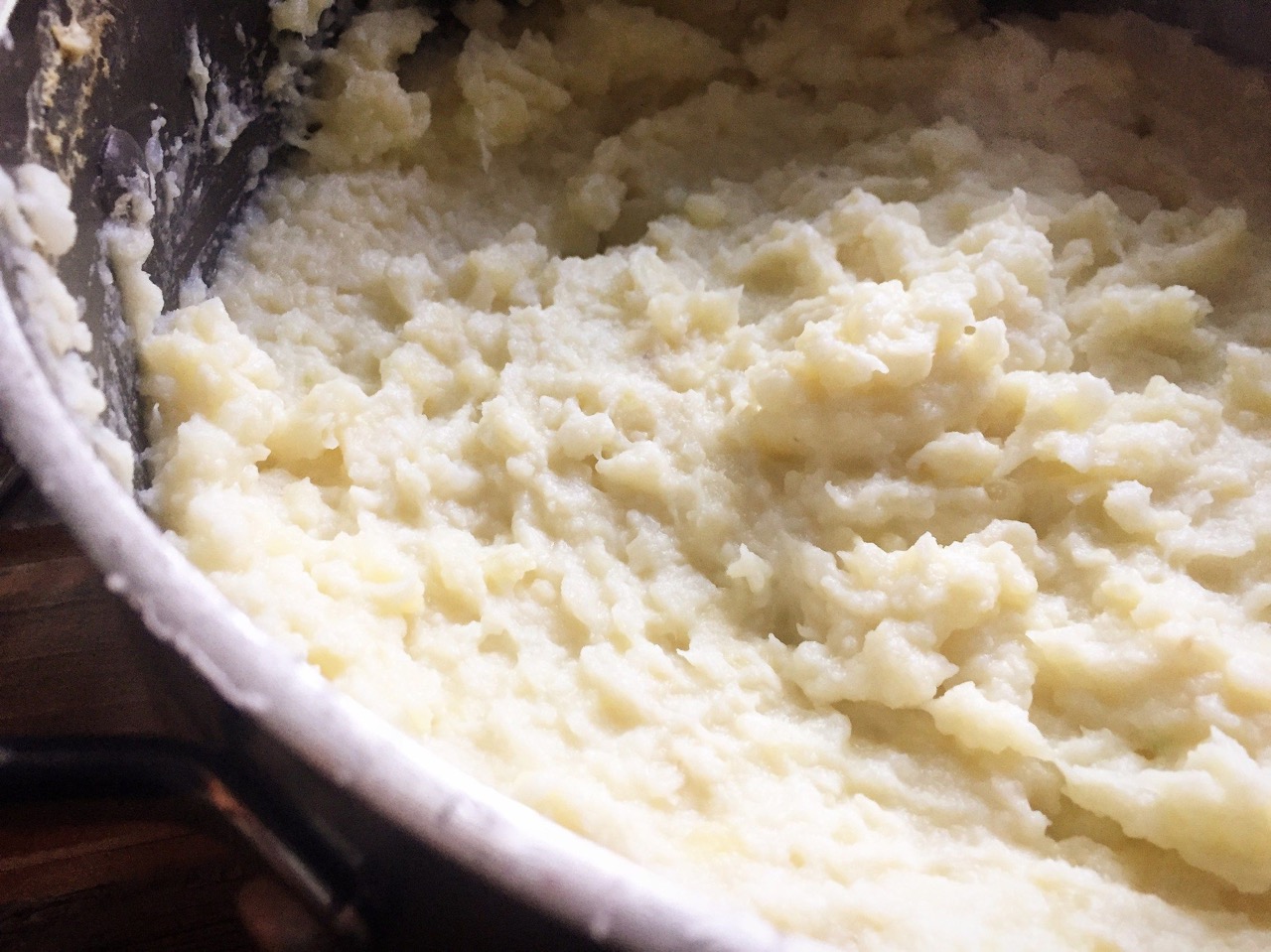
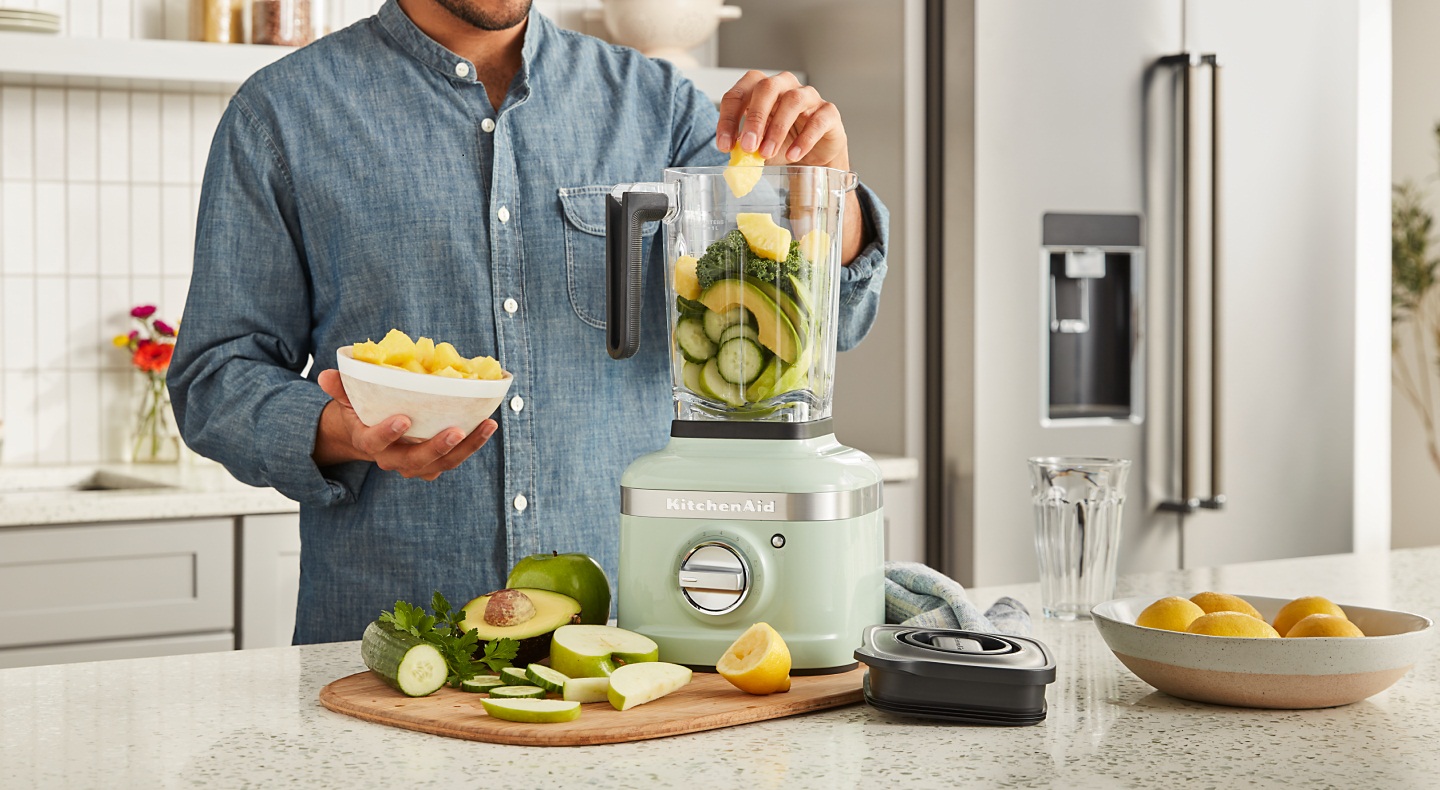
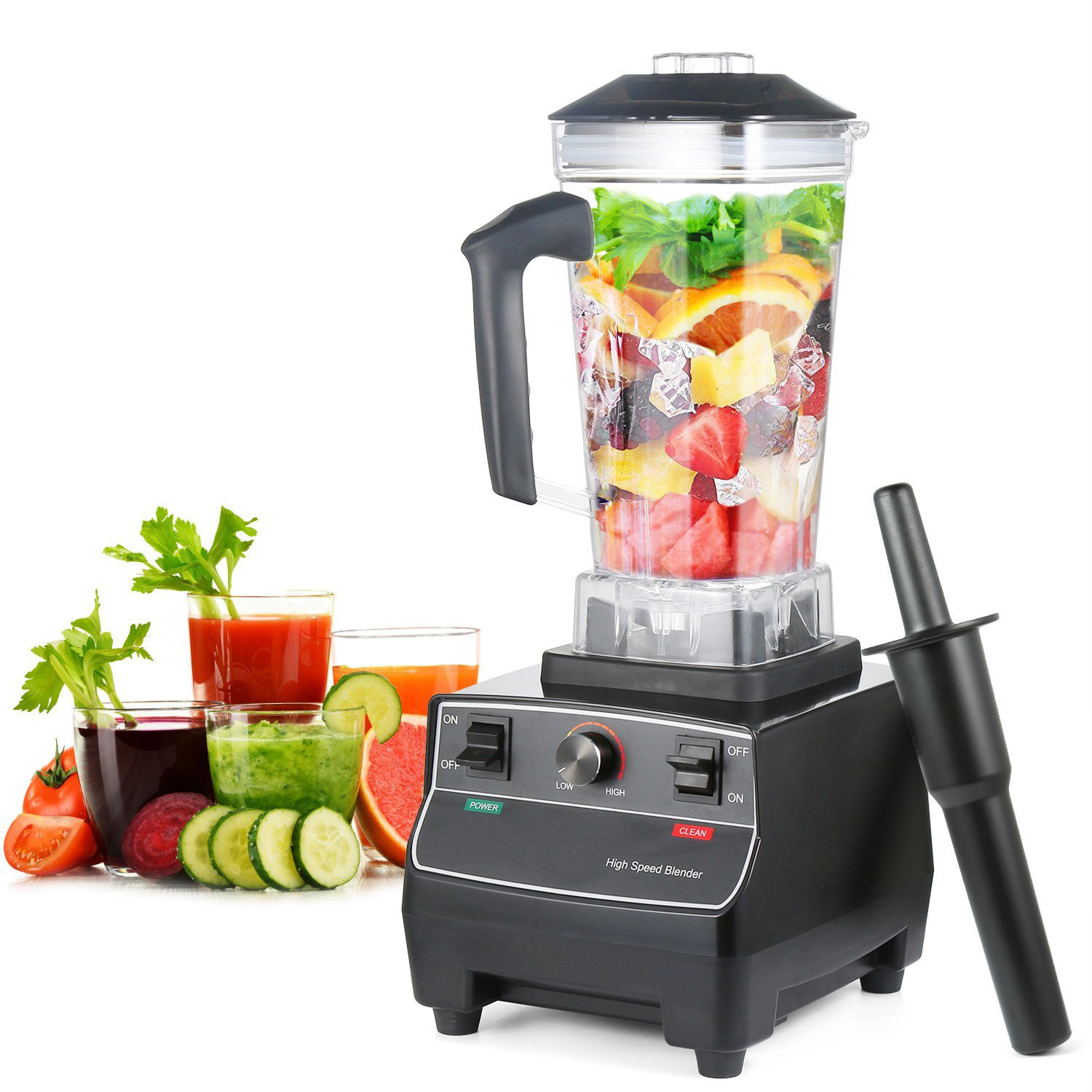
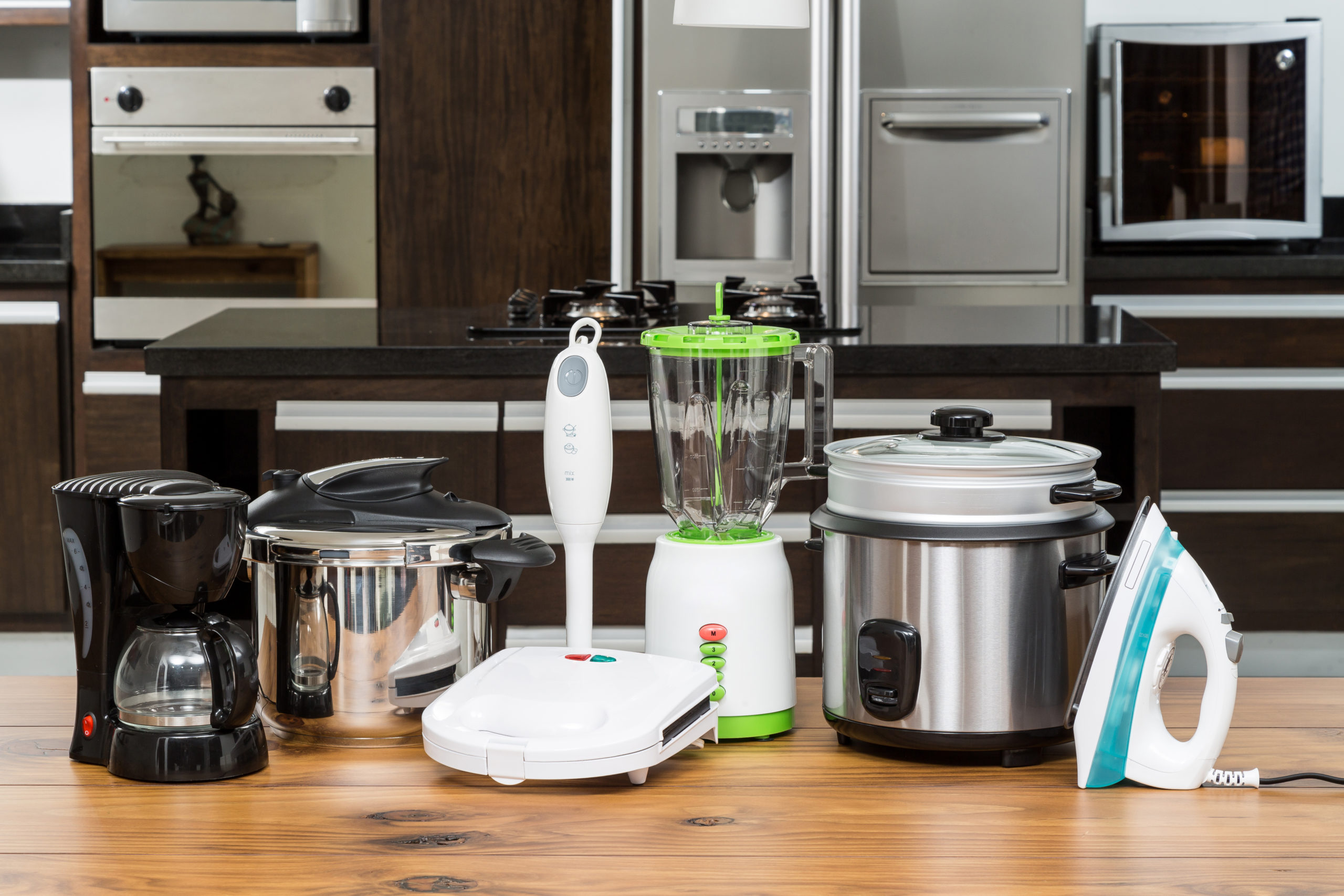
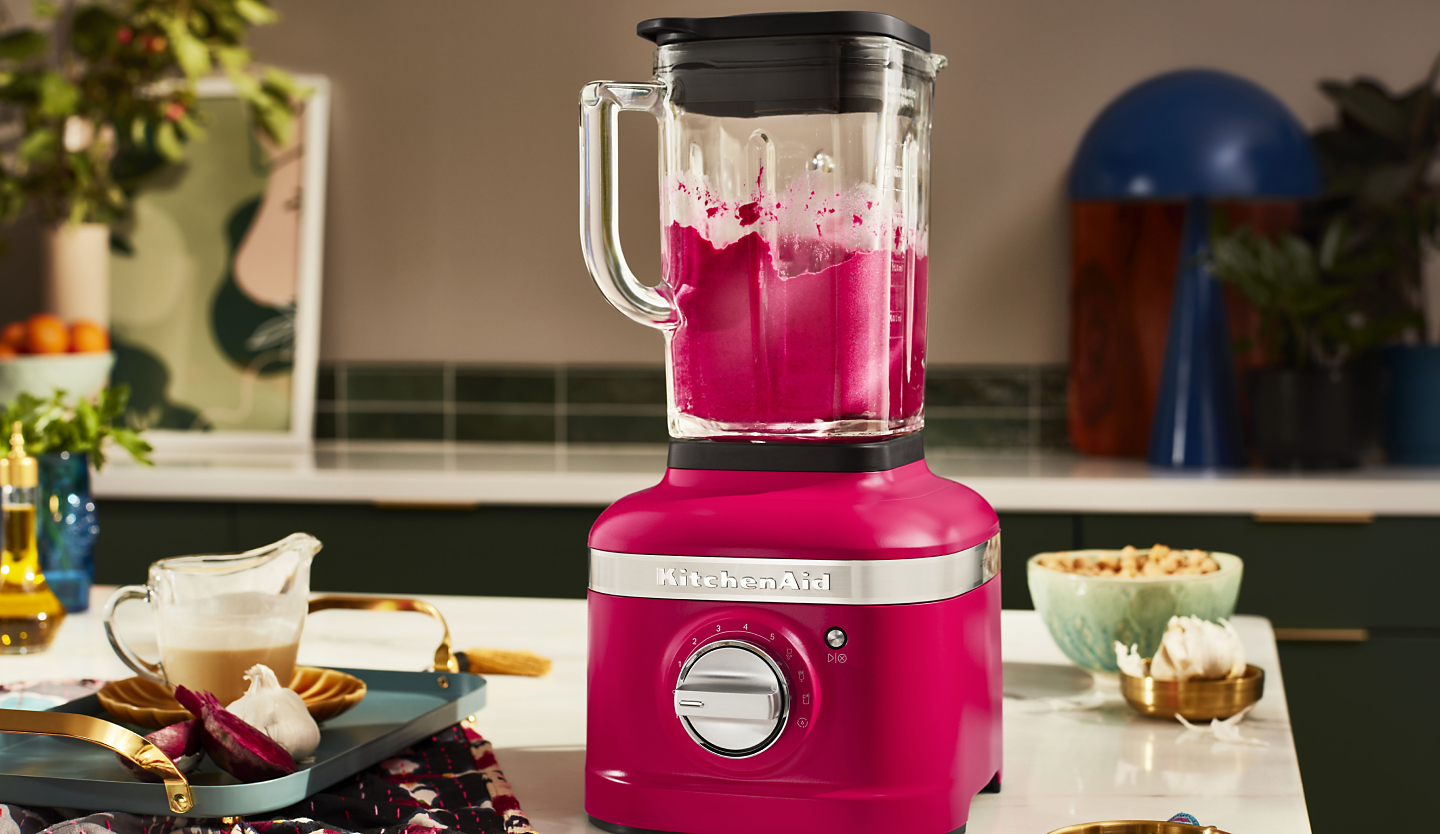

0 thoughts on “How To Rice Cauliflower In A Blender”